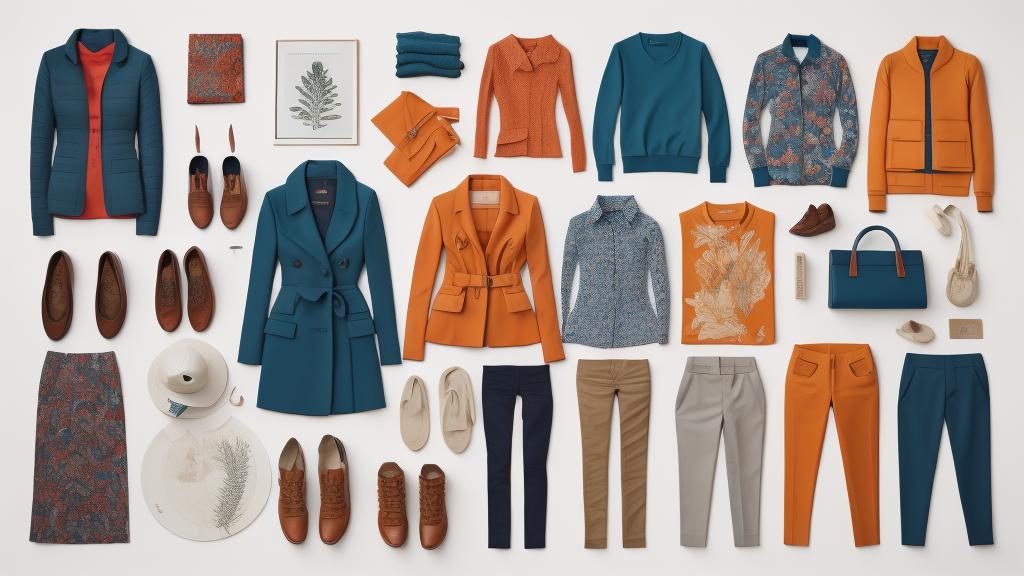In the realm of fashion, the concept of 'dopamine dressing' is becoming a revolutionary trend. Bright colors, eclectic patterns, and flamboyant outfits are not just for the extroverted fashionista anymore; they are seeping into the mainstream as a form of self-expression and psychological empowerment. In a world saturated with uncertainties and stressors, fashion enthusiasts are increasingly turning to their wardrobes to lift their spirits and radiate positive vibes. But what is the psychology behind this vibrant fashion choice? And why is it catching on like wildfire?
Studies have long shown that colors can influence our mood, emotions, and even our behaviors. Wearing bright, cheerful colors such as yellow, green, and pink can boost dopamine levels in the brain, thus elevating one's mood and fostering a sense of joy and optimism. Fashion retailers and designers are catching onto this trend, incorporating bold hues and whimsical patterns into their collections, allowing consumers to experiment and find what makes them feel good.
For instance, a bright red dress might make you feel powerful and confident, while a pastel blue sweater can evoke a sense of calm and relaxation. Even if you're not adventurous with your color choices in everyday life, dopamine dressing provides a playful outlet to explore how different shades and styles make you feel. This burgeoning interest in using fashion as a mood enhancer speaks volumes about the role of clothing in our psychological well-being.
Moreover, celebrities and social media influencers are ardently supporting this trend, sharing their own dopamine dressing looks and inspiring millions to follow suit. From dual-tone suits to technicolor accessories, the explosion of vibrant attire on social platforms is hard to miss.
However, it's important to note that dopamine dressing is not just a superficial trend, but a deeper, more meaningful mode of self-care. Clothing has always served as a non-verbal communicator of our identity, and now it’s also a tool to boost our mental health. Brand campaigns are shifting focus towards promoting wellness through their collections, emphasizing the feel-good factor rather than just aesthetics.
Fashion therapy experts suggest that creating a wardrobe filled with pieces that light up your mood can be a therapeutic practice in itself. It's about curating outfits that not only make you look good but also feel incredible. Even if you're having a dull day, slipping into something brightly colored can be a quick pick-me-up, a spark that ignites a sense of joy within you.
The psychology behind dopamine dressing also touches on the concept of ‘enclothed cognition’, which posits that our clothes can influence our cognitive processes. When you wear something that makes you happy, you’re likely to experience a surge in self-esteem and overall mental well-being. This means your wardrobe choices can directly impact how you feel and how you interact with the world around you.
Brands are taking this trend further by dedicating entire collections to 'dopamine dressing.' For example, some designers are crafting pieces specifically aimed at elevating the wearer's mood through innovative use of colors and textures. Pop-ups and fashion shows are emphasizing the sensory experience of clothing, encouraging consumers to engage with fashion on a more emotional level.
Even workplaces are beginning to accept more vibrant dress codes, acknowledging that a colorful work environment can enhance productivity and creativity. This shift in corporate attire norms reflects a growing understanding that when people feel good, their performances improve.
So, the next time you're picking out an outfit, consider how it might make you feel beyond how it looks. Embrace the power of dopamine dressing and let your wardrobe be a source of joy and positivity. Fashion is not just about making a statement; it's about making a difference—from the outside in.
Dopamine dressing: the psychology behind vibrant fashion choices

